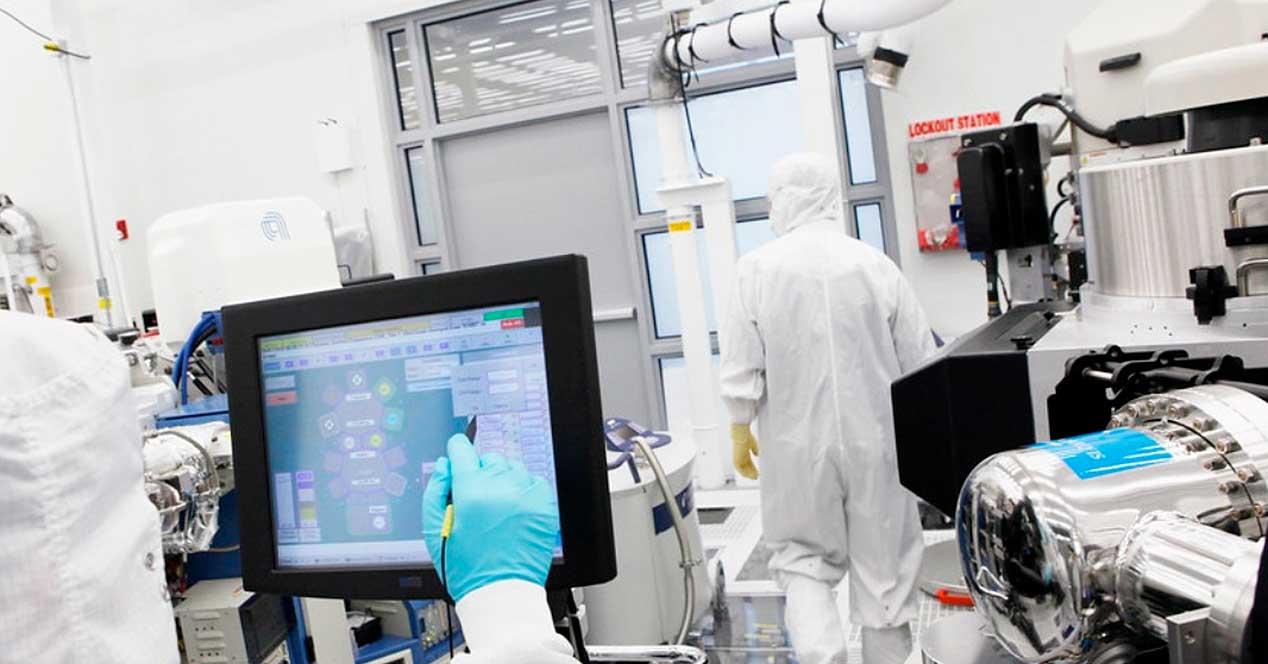We have to go back 30 years ago, when China realized the potential it could hold in the face of a giant like the United States and a declining one like Europe. However, Europe focused its efforts on a single company called ASML and branched out, achieving global leadership in wafer scanners, so China did the same and copied the forward-looking strategy into one. only company: Shanghai Microelectronic Equipment (SMEE).
China draws closer and will threaten Europe’s global leadership
With the United States passing the baton to the old continent and focusing on lithographic processes, China has done the same with Taiwan while focusing their efforts on SMEE. The company benefits greatly from government support and a number of companies in the sector are developing technology that allows them to advance in various fields.
The goal as not is to reduce the gap of nanometers and waves in scanners, where so far they have designed 4 lithography machines for IC circuits, LED, MEMS and some TFT circuits. Without going any further, SMEE created this year its 600 series scanners capable of building and registering chips from 280 nm to 90 nm.
It should be borne in mind that they are many years behind, around ten years, since they continue to develop DUVs and not EUVs in ArF lithography, but make no mistake, they hold 80% of the national market and nearly 40% of the world market, even if they do not have advanced technology such as ASML.
SMEE still has a long way to go
Although the prices per wafer are extremely low compared to ASML scanners and although they lag behind even at the same nanometers (40W and 4kHz against 60W and 6kHz in its European rival), SMEE is the first company in the world to design what they were named. as a dual stage wafer or dual stage wafer system, therefore, it is estimated that they can reach 2nm and below without much problem, succeeding in breaking the monopoly of ASML.
This DWSS step will be implemented in the 600 Series scanners for 28 nm, thus making it possible to obtain greater engraving precision at a lower cost and thus accelerate the development of the following nodes.
As we can see, SMEE, despite a handicap, is clearly focused on the future and is gradually reducing the technological distance. In addition, China no longer depends as much on external technologies, where for example photosensitive resins are now created in its country and have been oddly tested successfully in a scanner. 28nm ASML.
As a result, the leadership of the Europeans is failing, China is advancing in leaps and bounds, it is less and less dependent on the rest of the world and if the United States and Europe do not unite, they will be sidelined. test and who knows if they will fall in a period of time which seems great to us, but which passes very quickly.









